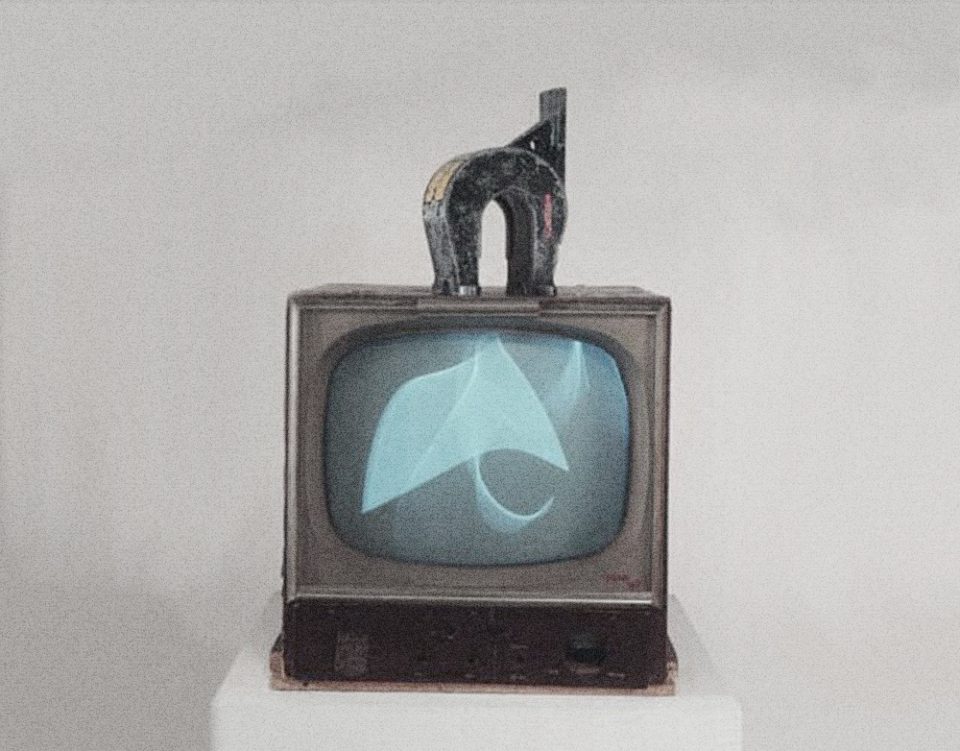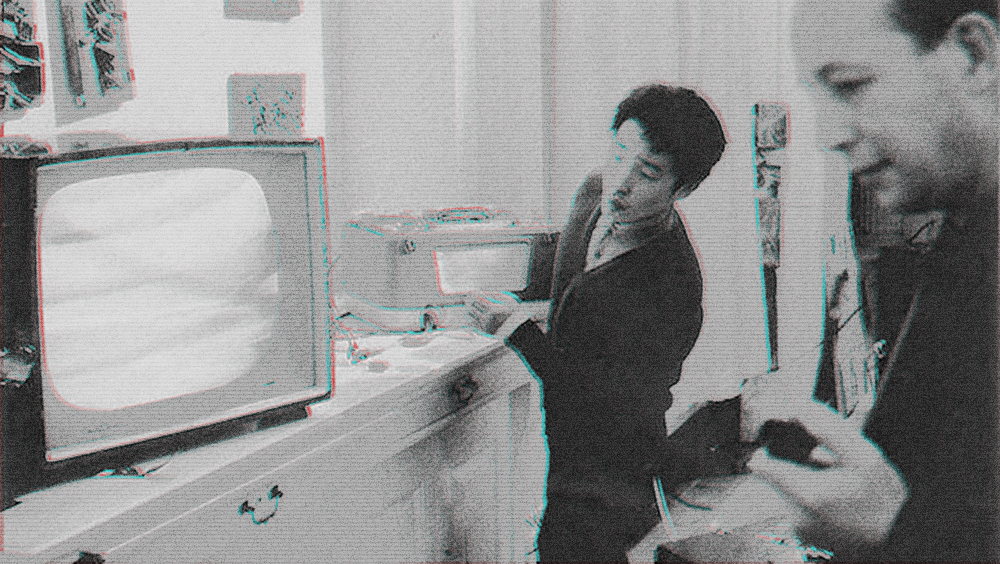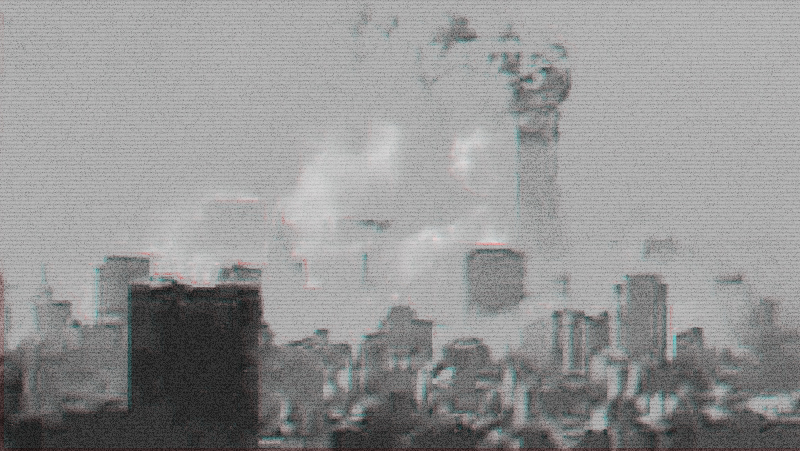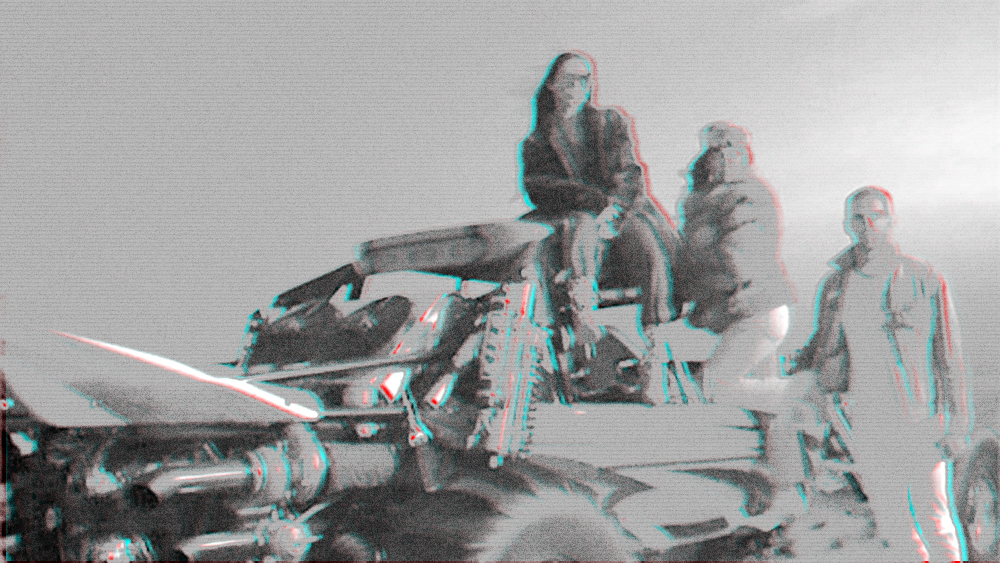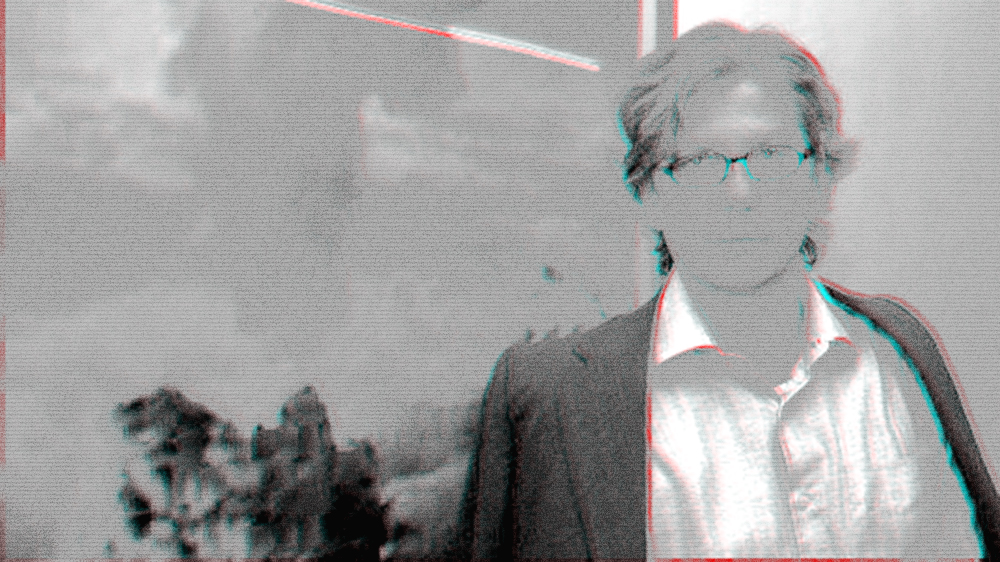Nam June Paik’s investigations into video and television and his key role in transforming the electronic moving image into an artist’s medium are part of the history of the media arts. Using television as a sculptural and installation object, the artist adds an entirely new dimension to both sculpture and video art. His imagery is not predetermined or limited by the technologies of video or the system of television. Rather, he alters the materiality and composition of the electronic image to define a new form of creative expression.

Paik’s first major exhibition, Exposition of Music-Electronic Television (1963), was held in Rolf Jährling’s gallery in Wuppertal. Pianos, violins, noisemaking sculptures, pieces of furniture and several other objects were scattered across the rooms. Thirteen television sets were integrated in the exhibition, displaying footage of German programs that were distorted and manipulated beyond recognition. Paik used visual distortion not only to reenact the destruction of the image and the specificity of the actual objects; but also to depict our culture’s fluctuating treatment of the monitor. Indeed, Exposition of Music-Electronic Television not only invites the audience to question the role of the human performer for the actual installation, but also the function of the television monitor. Is it still a screen? Or does it have more in common with the musical instruments that were also incorporated in the installation, such as pianos and violins?
Magnet TV (1965) is an early example of Paik’s prepared televisions; a series in which he altered the television image or its physical casing. This work consists of a seventeen-inch black-and-white set on which an industrial-sized magnet rests. The magnetic field interferes with the television’s electronic signals; distorting the broadcast image into an abstract form that changes when the magnet is moved. Paik’s radical action undermines the seemingly inviolable power of broadcast television by transforming the TV set into a sculpture; one whose moving image is created by chance procedures and can be manipulated at will. Through his transformation of TV images, Paik challenged the notion of the art object as a self-contained entity and established a process of instant feedback, in which the viewer’s actions have a direct effect on the form and meaning of the work.
